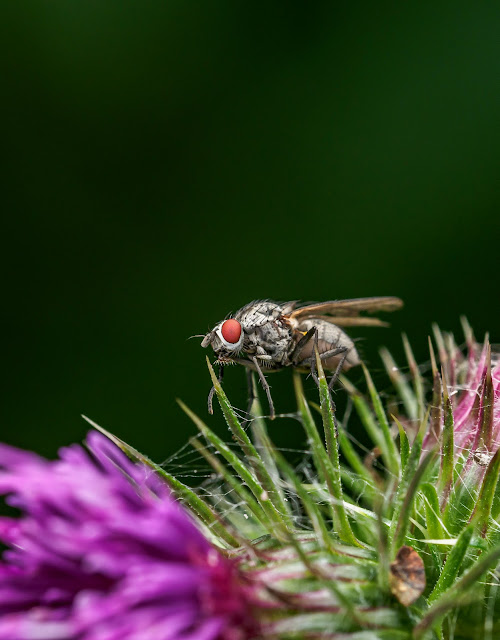So this is a new passion for me - macro photography. The Olympus OMD EM1 MK3 has a great macro set up with the 60mm f2.8 macro lens.
I also acquired a great flash diffuser to use with my Pixapro 350 flash. Here are some images
Macro photography is a specialized form of close-up photography that focuses on capturing extremely detailed images of small subjects, typically at a magnification ratio of 1:1 or higher. The primary goal of macro photography is to reveal intricate details that are not easily visible to the naked eye, highlighting the beauty and complexity of the miniature world.
Key features of macro photography:
Magnification: The main characteristic that sets macro photography apart is the high level of magnification it achieves. This means that the subject appears life-size or larger on the camera sensor, showcasing even the tiniest details with exceptional clarity.
Small Subjects: Macro photography primarily involves capturing subjects that are relatively small, such as insects, flowers, plants, textures, water droplets, and small objects.
Depth of Field: Achieving a shallow depth of field is common in macro photography, which allows the photographer to isolate the subject from its background, creating a visually pleasing and compelling composition.
Close Proximity: To achieve the desired level of magnification, the photographer typically needs to get physically close to the subject. This can sometimes be challenging, especially when dealing with live insects or small creatures that are easily startled.
Dedicated Macro Lenses: Many photographers use specialized macro lenses to capture these close-up shots. These lenses are designed to focus sharply at close distances, allowing for high-quality images with minimal distortion.
Tripods and Stability: Due to the high level of magnification and potential long exposure times, using a tripod is often essential to maintain stability and avoid camera shake, ensuring sharp images.
Lighting: Proper lighting is crucial in macro photography, as the close proximity to the subject can create shadows and block light. External flashes, diffusers, or reflectors are commonly used to control and enhance the lighting conditions.
Patience and Precision: Macro photography demands patience and precision since even the slightest movements can significantly impact the focus and composition. Waiting for the right moment and making minor adjustments are key skills for macro photographers.
Macro photography allows us to explore the hidden beauty and complexity of the small world around us, revealing details that often go unnoticed in our daily lives. It requires a keen eye for detail, technical expertise, and creativity to capture stunning and captivating macro images.







Comments
Post a Comment